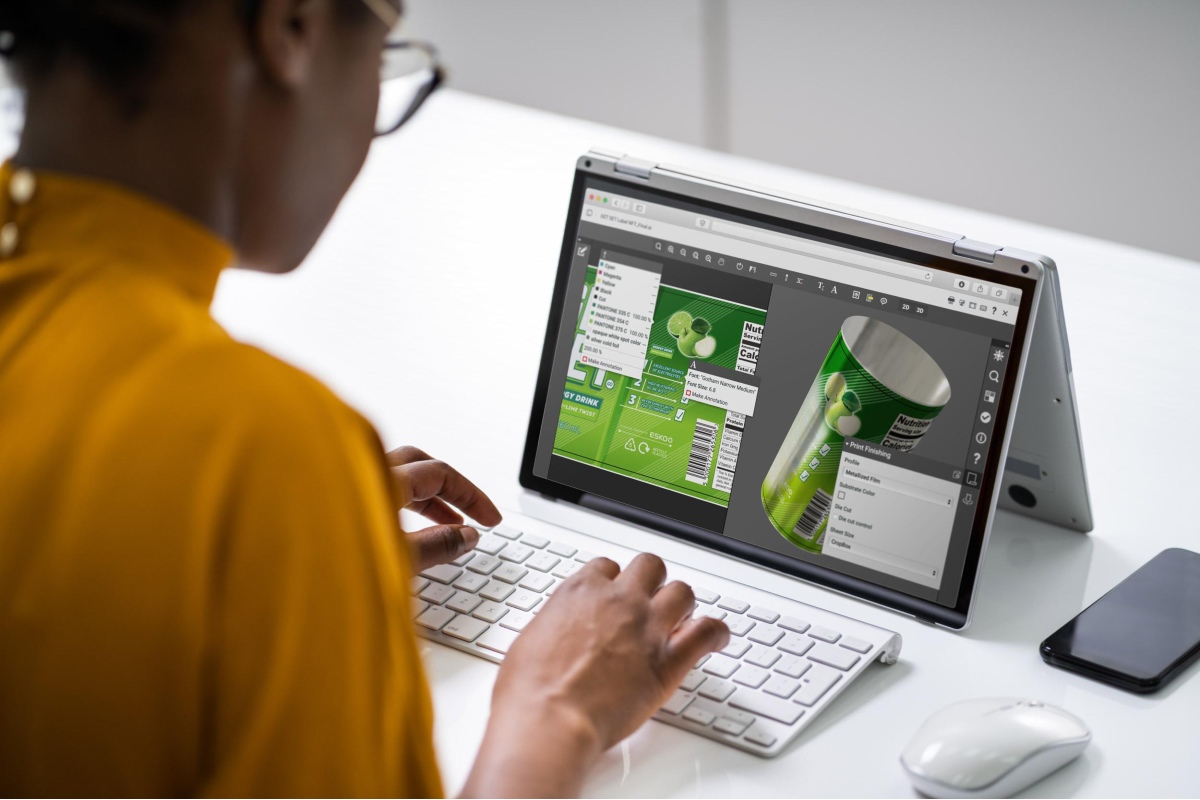Earlier this year we discussed beauty industry trends and how to adapt and prosper in 2021. We talked about preparedness and how digitizing the artwork management process can lead to greater agility. However, for brands navigating uncertain times, preparedness may seem like a nice to have rather than a necessity as the requirement for immediate change squeezes the ability to forward plan.
Counter to this notion is Amway, a world-leading multi-level marketing company that sells health, beauty, and home care products via approximately one million independent Amway business owners (ABOs) worldwide. Esko | Brand Solutions recently worked with Amway to digitize the company’s artwork management process and the simple step-by-step implementation process we developed as a partnership serves as a useful template for beauty industry brands looking to do the same.
Artwork Management: A Typical Beauty Industry Challenge
The beauty industry is no stranger to change. As the sector continually adapts its products and packaging to produce new colors and formulas within existing ranges and launch new lines, artwork management plays a major role in speed to market. Amway is no different, contending with packaging changes in 60+ languages in more than a hundred countries and territories – with varying degrees of constraints – around the world. Today, Amway manages around 2,000 artworks per year.
While responding to common seasonal updates and new product launches, brands must also be agile to the uncharacteristic changes accelerated by the pandemic. ‘Turning to promotions to bring in consumers and clear inventory’ is a tactic beauty industry retailers and brands are exploring, according to a recent McKinsey report. Short-term promotions, alongside longer-term new product development, must factor in suitability for e-commerce sales. There is much to manage for brands seeking to remain agile to necessary change while forging ahead with long-term goals.
For Amway, as it shifts to social commerce, digital content has gained importance. Product text in different languages and packaging artwork must go through a review and approval cycle to make sure it is approved for different markets. Seeing the value in streamlining this process for the business, Amway had to transform its artwork management system from an entanglement of disconnected networks to a single source of truth.
“We can have anything from 5 to 60 approvers on our artworks,” says Jake Chapman, group manager of artwork project management at Amway. “Amway products can be sold across 40 countries with many different translations, and so we have to verify that the translated copy and the content on the pack will work for the different regulatory requirements. As you can imagine, that drives a lot of challenges from the approval perspective.”
Breaking Artwork Digitalization Down into Manageable Steps
In a McKinsey survey, respondents were three times more likely to report successful digital transformation where the management team established a clear change story for transformation. Amway recognized early on that breaking the implementation of a digitized artwork process down into manageable steps is the best way to ensure success. To speed up the artwork management and approvals process, while making it less prone to error, Amway decided to implement a web-based workflow management software in a three-step process and selected Esko WebCenter.
Step one:WebCenter software was introduced to replace four obsolete artwork approval systems that were no longer supported, setting Amway up for future digital transformation. With Esko WebCenter, multiple users can review Amway artworks concurrently, from any location. Having easy access to the system helps to speed up the review process and allows users to easily mark up, annotate and make amendments to text, regulatory information and Pantone colors, all from one source of truth.
Step two:A second phase focuses on building a product, content, and packaging management solution which will digitally transform the Amway content development process, as well as including smaller integrations with the company’s finance system and pre-flight processes such as translation.
Step three:As Amway continues to update its offering, the company will phase in tools to enhance the existing process on an ongoing basis. Phase 3 will involve further integrations with Amway internal systems and additional Esko integrations such as structural design software, ArtiosCAD.
Training as an Additional Tool for Success
“We found, when we started, we knew at a high level what we wanted to accomplish, but we didn’t really know the ins and outs of WebCenter and how powerful it was and how many different ways it could solve the same problem,” adds Chapman.
By choosing a phased adoption of WebCenter, the Amway team could review and assess progress allowing them to tweak and tailor the system to meet their needs. Diverse training modules were incorporated into the system and made accessible to users. Phasing in WebCenter around the team’s training requirements enabled Amway to get the best value out of the software capabilities.
Conclusion
To establish and maintain greater speed to market than competitors, brands must adopt digital platforms to manage brand assets and increase agility to change. Importantly, adapting to this high level of preparedness by automating process does not have to result in downtime short term. By adopting digitalization in a phased integration such as the Amway model, brands can minimize the immediate impact on the business and future proof the artwork management process against unexpected challenges for years to come. To meet market trends and consumer demand head-on, brands that digitize the artwork management process edge effortlessly ahead.
If you’d like more details on how the Amway artwork management transformation was achieved, you can check out the full story in this Amway Case Study.










